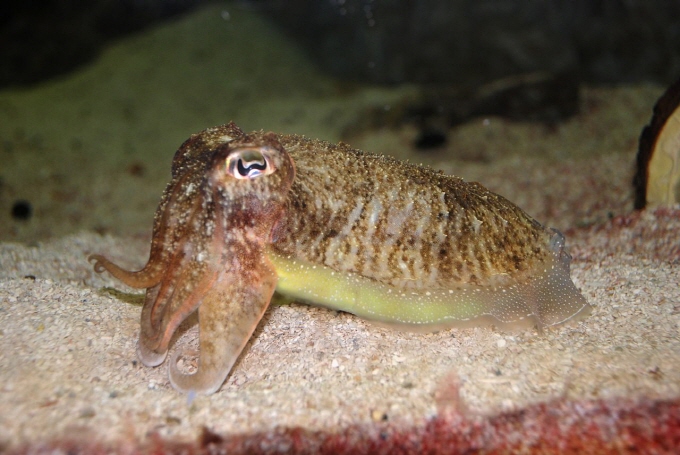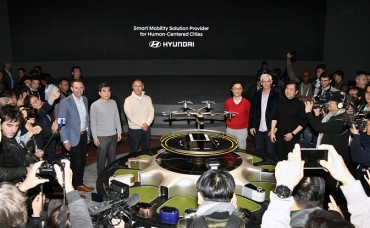
The amount of cuttlefish caught in South Korea annually, which came to roughly 60,000 tons in mid-1980s, dropped to below 5,000 tons in 2017. (image: Public Domain)
SEOUL, May 27 (Korea Bizwire) — South Korea’s state-run fisheries institute said Monday it has discovered a clue that could help raise cuttlefish through aquafarming, offering a solution to falling yields in local waters due to the global warming and overfishing.
Scientists have been facing hurdles in raising cephalopods, which encompass cuttlefish and squid, in artificial settings due to a lack of knowledge about the species’ early stages of life, including the types of food they consume.
The species nature of consistently roaming underwater also made it complicated to foster them in a closed environment.
The National Institute of Fisheries Science, under the agriculture ministry, however, said it has revealed some of mysteries behind the life cycle of cuttlefish, which allowed it to provide them with an optimized living environment.
“We were able to find out the detailed type of plankton consumed by young cuttlefish immediately after birth, which was unknown in the past,” an official from the agriculture ministry said. “Based on our research, we could provide customized feed to cuttlefish throughout different stages of growth.”
The institute said that once commercialized, the new method will help ease the supply shortage of cuttlefish in the South Korean market.
The amount of cuttlefish caught in South Korea annually, which came to roughly 60,000 tons in mid-1980s, dropped to below 5,000 tons in 2017 due to the changing climate coupled with unregulated fishing.
The first batch of cuttlefish raised from farms is set to reach markets as early as the second half of this year, the ministry added.
(Yonhap)






